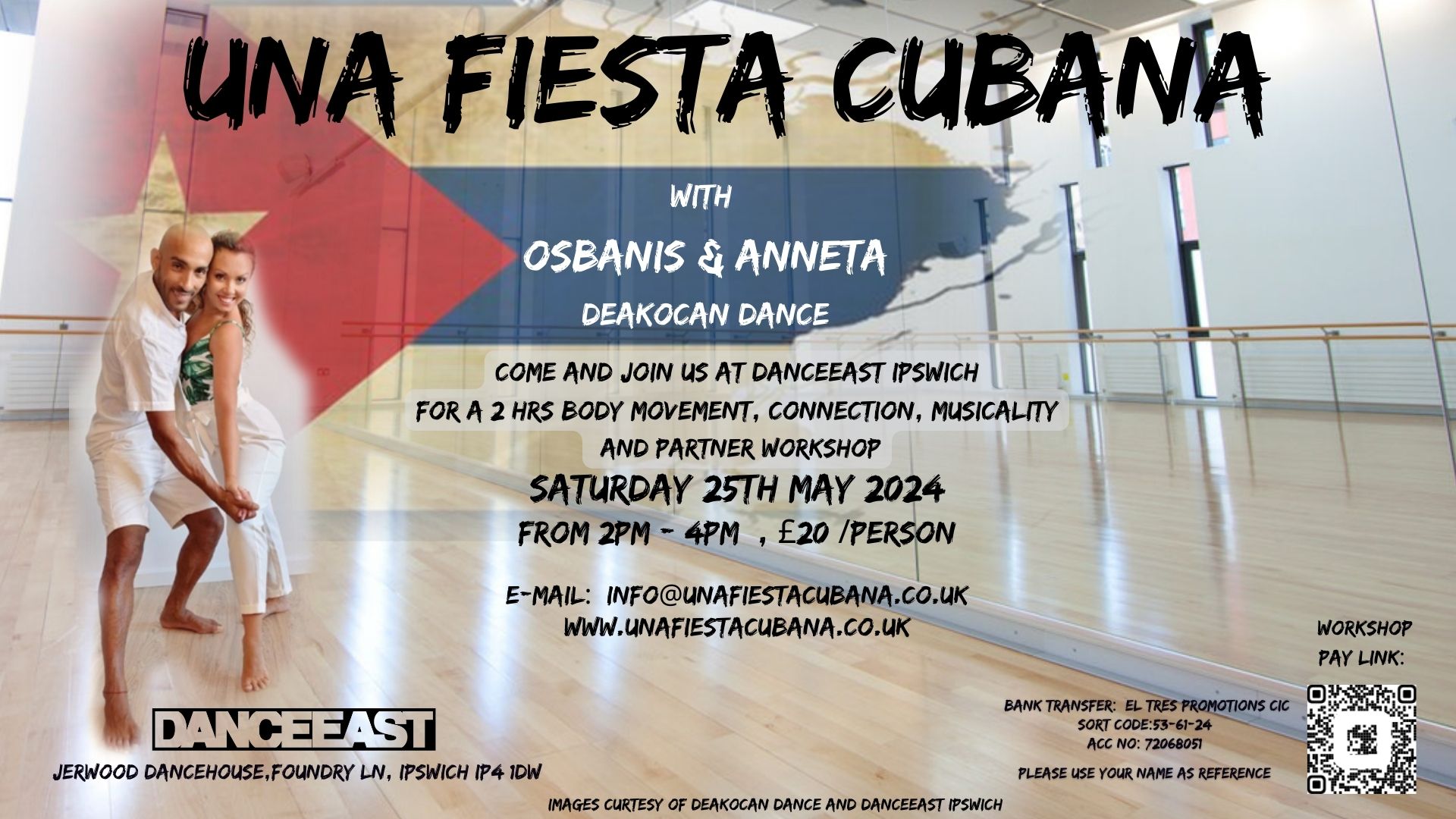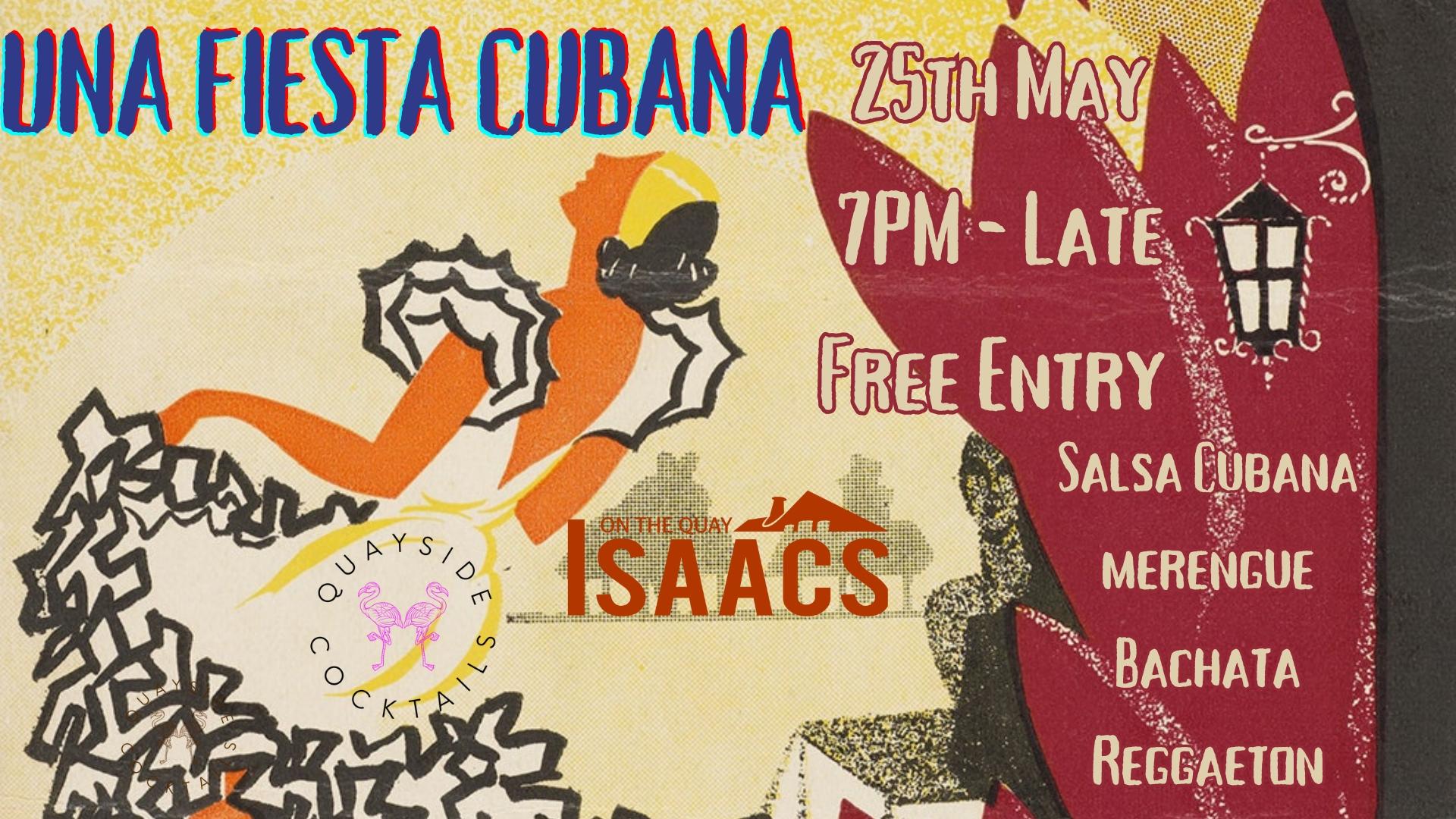History of Cuban Salsa
Cuban Salsa has its origins in the African rhythms brought to Cuba during the 16th to 19th-century slave trade. Despite the oppressive conditions, the African cultural heritage was preserved through religion, music, and dance.
By the early 19th century, African rhythms and dances blended with Spanish colonial music, creating new Afro-Cuban genres such as Rumba, Yambú, and Guaguancó.
Combining Spanish guitar with African rhythms and percussion, Son Cubano became the foundational genre that led to the development of salsa. By the 1950s, Son Cubano and Danzón were influencing dance halls, and Casino started to emerge as a lively partner-based dance with circular movements and intricate footwork—the beginning of Cuban Salsa.
As popularity spread, Cuban musicians migrated to the US, mingling with Latin American musicians and fusing styles, creating a distinct genre. While the term “salsa” began to be used broadly across the world, Cuban musicians continue to refer to the style as Casino.
Today, Cuban Salsa is a vibrant and influential dance style. It retains its unique characteristics and remains a celebration of Cuban heritage and cultural identity.
From its Afro-Cuban roots to its development into a globally celebrated dance style, Cuban salsa embodies the spirit of Cuba’s vibrant musical heritage. Whether dancing in the streets of Havana or a salsa club in Ipswich, its energy and joy continue to captivate dancers and audiences alike.


